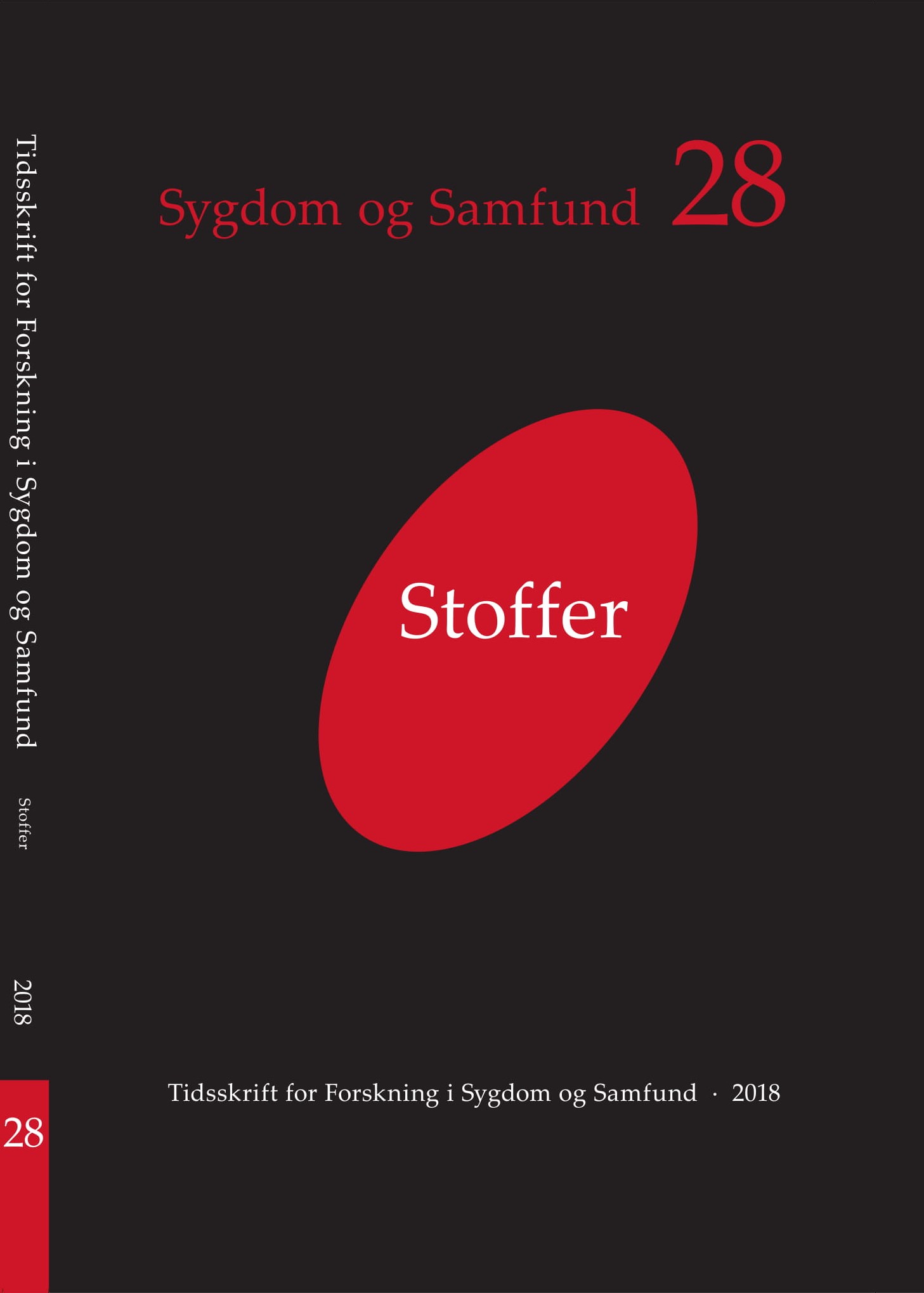Publiceret 2018-08-16
Citation/Eksport
Resumé
The article explores the role of addictive substances, and how they constitute the experience of pleasure and categories of addictions (Garriott & Raikhel 2015). In two separate studies, one of the users in heroin-assisted treatment of addiction in Denmark and the other of consumers’ food perceptions, we became interested in the roles played by the addictive substance and the concept of addiction – as a cultural category with social, moral, and political significance (Keane 2002) – among our informants. More specifically, we focused on how pleasure is constrained, made, or enacted in societal responses and treatment practices by comparing the case of heroin and sugar. The juxtaposition of the two types of addiction serves to illustrate the relationship between a specific substance, cultural categories, and responses.
Analysis focuses on the interplay between the addict, the substance, social networks, and institutions. We argue that both the addict as a subject and the effect of the addictive substance are produced by a network of actors, experiences, moral values, societal institutions, and public discourses. The two cases show the importance of attending to substance effect in this context, and to variations in a single cultural setting – ultimately demonstrating that substance use and the experience of pleasure are not simply matters of choice but rather results of embodied conditioning, whereby social forces constrain the experience of pleasure. In both cases, recovery becomes a means of finding what is perceived to be one’s inner core in a society marked by industrial interference and artificiality, manifested in – among many other objects – certain chemical substances. In some situations, however, by regaining some degree of autonomy and by getting in touch with one’s “inner core” the substance becomes a possible actant for the enjoyment of pleasure

